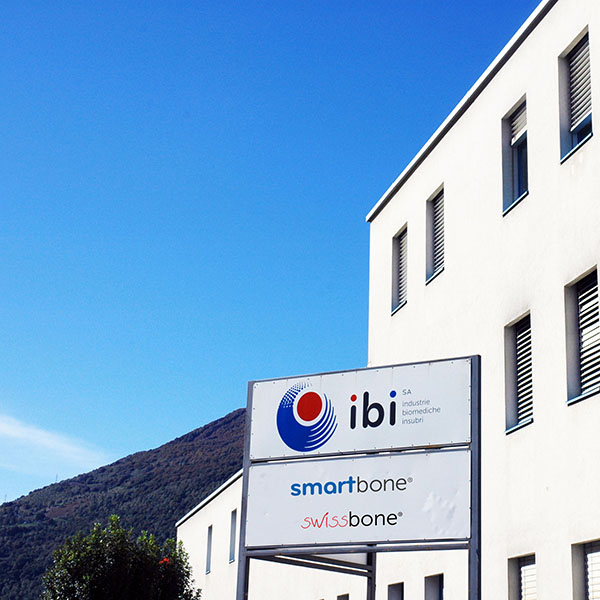CLOSE

Date:
2009
Journal:
22nd European Conference on Biomaterials ESB 2009 - 07-11th September, Lausanne (Switzerland)
Author:
T. Tallone, G. Minonzio, G. Pertici, G. Aita, S. Bardelli, M. Gola, V. Albertini and G. Soldati.
Link:

INTRODUCTION
Skeletal tissue loss due to congenital defects, disease, and injury is normally treated by autologous tissue grafting, a method limited by the availability of the host tissue, harvesting difficulties, donor site morbidity, and clinician’s ability to manipulate delicate 3D shapes.
The generation of autologous bone grafts in vitro, avoiding the harvesting of autologous tissue at a second anatomic location is the ultimate goal in bone tissue engineering. To achieve this, three major components have to be developed and optimized: I) Cell culturing in a defined medium, II) The osteoinductive cocktail, III) The scaffold.
We have developed a protocol for the extraction and culturing of adipose tissue-derived mesenchymal stem cells (AT-MSCs) which fulfils the strict European regulations concerning the Advanced Therapy Medicinal Products. AT-MSCs were grown inside a new 3D-scaffold developed by Industrie Biomediche Insubri (Switzerland). This matrix is a composite material based on bovine bone grafts, biodegradable polymers and bioactive agents. The bone grafts allow to maintain the adequate 3D-structure, the biopolymers permit to achieve good mechanical characteristics and bioactive agents promote cell adhesion and proliferation. The differentiation of the AT-MSCs into osteogenic cells was triggered by a serum-free induction medium without the use of growth factors.
MATERIALS AND METHODS
AT-MSCs were obtained from liposuction aspirates, cultured and expanded using protocols developed in our laboratory. After seeding the AT-MSCs into the scaffold, the cells were cultured for two weeks in presence of a defined osteogenic induction medium which was optimized in our laboratory. After fixation of the cells with standard techniques, the scaffolds were cut into slices and examined by ESEM imaging in order to evaluate the morphology, the spreading, and adhesion properties of the cells. The ability of the cells to properly differentiate was explored using standard immuno-histochemical techniques.
RESULTS
We show that our composite scaffold, in combination with our defined culture conditions, is very suitable for the growth and differentiation of AT-MSCs into osteogenic cells.
CONCLUSIONS
The bone tissue engineering strategy described here appears to be very promising for the development of protocols suitable for the treatment of bone loss or injury. Thus, it would be very interesting to test the performance of our in vitro generated autologous bone graft in a clinical human study.

IBI SA
Industrie Biomediche Insubri SA
via Cantonale 67, CH-6805 Mezzovico-Vira, Switzerland
t. +41 91 93.06.640
f. +41 91 220.70.00